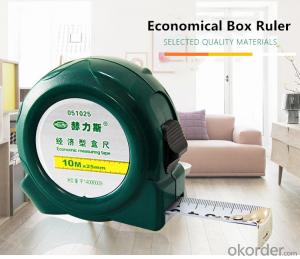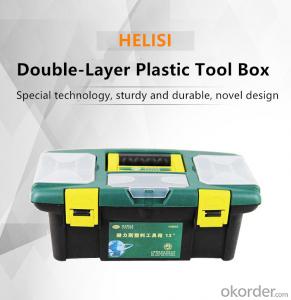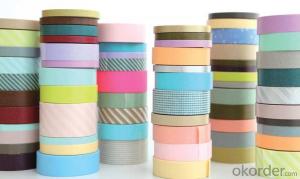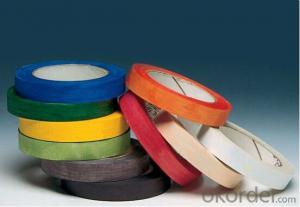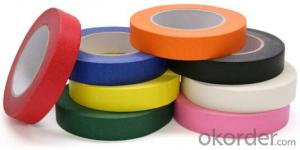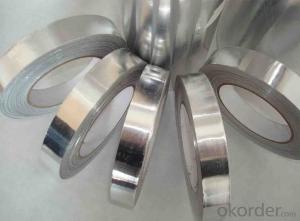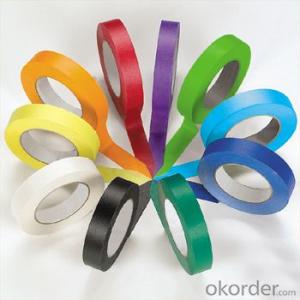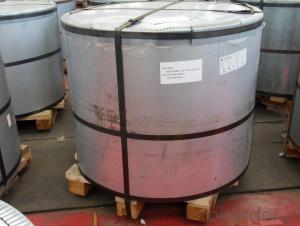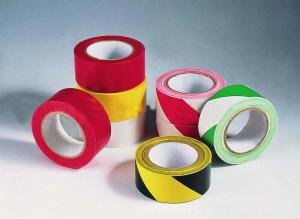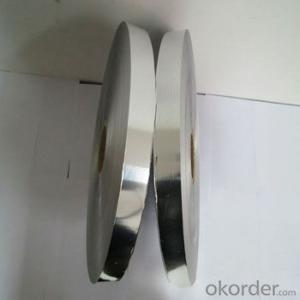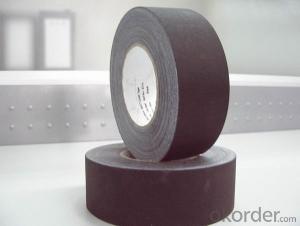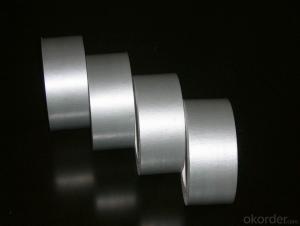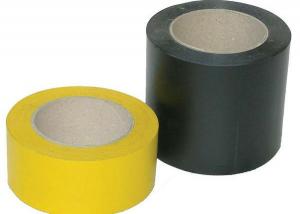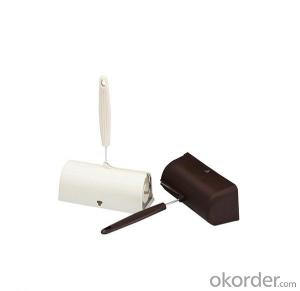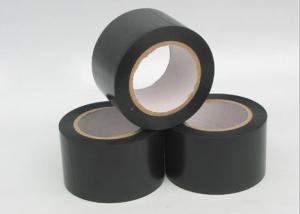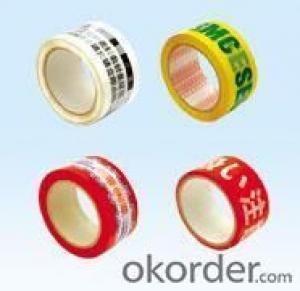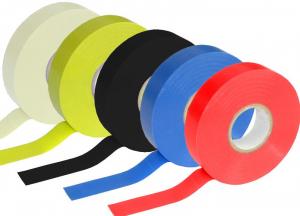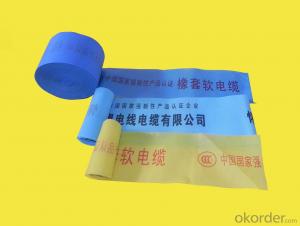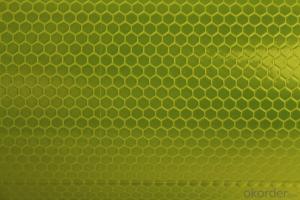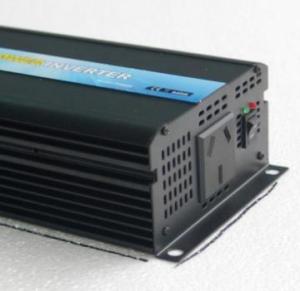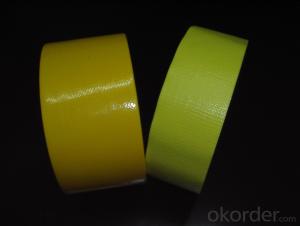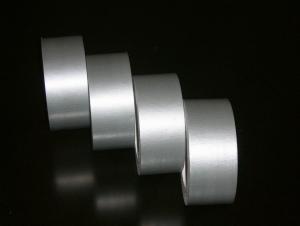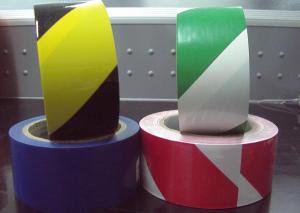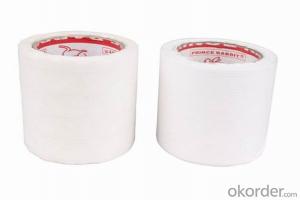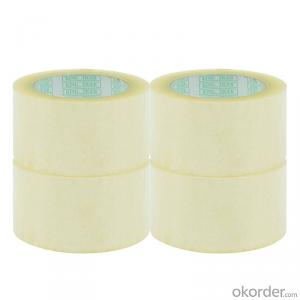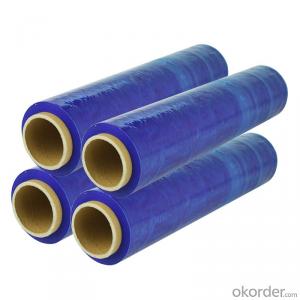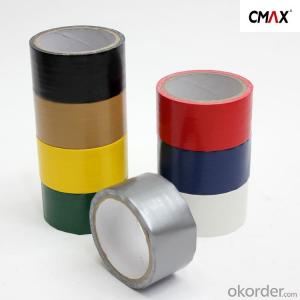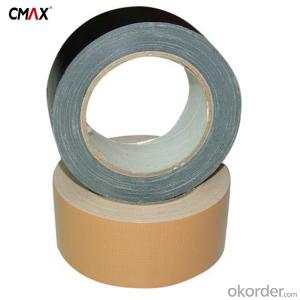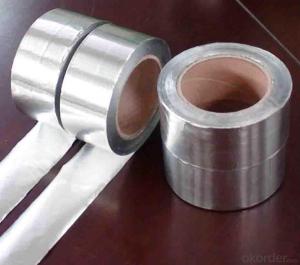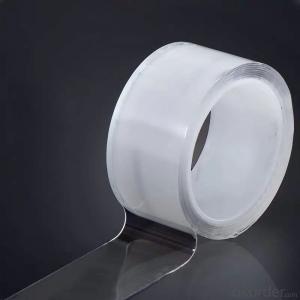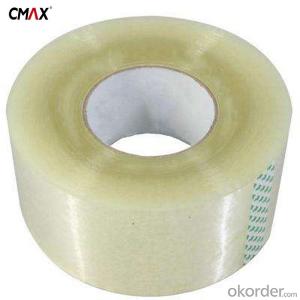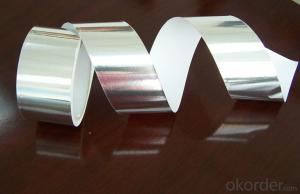Printed Box Tape
Printed Box Tape Related Searches
Galvanized Steel Planter Box Stainless Steel Ruger Mini 14 Husky Stainless Steel Tool Box Tool Box Stainless Steel Stainless Steel Tool Box Stainless Steel Bread Box Stainless Steel Litter Box Stainless Steel Junction Box Stainless Steel Box Stainless Steel Safety RazorHot Searches
Mini Inverter With Battery Online Shopping Professional Keyboards For Sale Solar Product Price Multi Layer Insulation Price Buy Sheet Plastic White Plastic Folding Chairs Wholesale Black Plastic Plant Pots Wholesale Plastic Flower Buckets Wholesale Wholesale Plastic Folding Chairs Wholesale Plastic Hanging Baskets Plastic Planter Liners Wholesale Mini Inverter With Battery Online Shopping Wholesale Knife Price Philippines Clothes Washing Machine Sales Curd Maker Machine Buy Online Frozen Yogurt Machine Cost Buy Machine Screws Buy Frozen Yogurt Machine Froyo Machine Cost Physiotherapy Machine CostPrinted Box Tape Supplier & Manufacturer from China
Okorder.com is a professional Printed Box Tape supplier & manufacturer, offers integrated one-stop services including real-time quoting and online cargo tracking. We are funded by CNBM Group, a Fortune 500 enterprise and the largest Printed Box Tape firm in China.Hot Products
FAQ
- Indeed, packaging tape possesses the capability to seal packages containing electronic components effectively. Its purpose is to furnish packages with a sturdy and long-lasting seal, safeguarding the contents from external factors like moisture, dust, and physical harm. When sealing packages that house electronic components, it becomes crucial to verify the tape's strength in order to maintain package integrity and offer sufficient protection. Moreover, it is advisable to employ anti-static packaging tape exclusively created for electronic components, as this type aids in the dissipation of static electricity and serves as a preventive measure against potential harm to delicate electronics.
- Yes, packaging tape can be used for shipping packages internationally. Packaging tape is designed to securely seal boxes and packages, ensuring that the contents remain intact during transit. It is commonly used for shipping both domestically and internationally. However, it is important to note that when shipping packages internationally, it is recommended to use packaging tape that meets the requirements of the shipping carrier and destination country. Different carriers and countries may have specific regulations regarding the type and strength of packaging tape that should be used. It is advisable to check with the shipping carrier or consult the destination country's customs regulations to ensure compliance with their guidelines. Additionally, it is always a good idea to reinforce the package with multiple layers of tape to provide extra security during international shipping.
- Packaging tape manufacturers and the intended use influence the range of color options available. Nevertheless, clear, brown, white, and tan are among the most frequently found colors. Clear tape is transparent, allowing visibility of package contents. Brown or tan tape, often referred to as brown tape, is widely chosen for its strong and secure sealing capabilities. White tape is commonly used for labeling, as it enables easy writing or printing of information. Additionally, packaging tape comes in various other colors, such as red, blue, green, and yellow, which can serve purposes like color-coding or enhancing visual appeal. Ultimately, the choice of packaging tape color is determined by personal preference, branding requirements, or specific organizational needs.
- No, packaging tape is not safe for use on sensitive or confidential documents. Packaging tape is designed for sealing boxes and packages, and it is not designed to protect the contents from being tampered with or viewed. It is translucent and can easily be removed or tampered with, compromising the security and confidentiality of the documents. For sensitive or confidential documents, it is recommended to use specialized document security products such as tamper-evident envelopes or security labels with built-in tamper-indicating features. These products provide an additional layer of protection and ensure that any unauthorized access or tampering is evident.
- To prevent packaging tape from getting tangled, ensure that the tape roll is placed on a dispenser or a stationary surface with the sticky side facing down. Additionally, avoid pulling the tape too quickly or at an angle, as this can cause it to twist and tangle. Taking these precautions will help maintain the tape's smooth flow and prevent any frustrating tangles.
- Packaging tape adheres to surfaces through the use of adhesive materials. The adhesive on packaging tape is typically made from a synthetic rubber or acrylic-based material. These materials are designed to have a strong bonding ability to various surfaces such as cardboard, plastic, or metal. The adhesive on packaging tape works by creating a bond between the tape and the surface it is applied to. When pressure is applied to the tape, the adhesive material spreads and makes contact with the surface. This contact allows the adhesive to interact with the surface's molecules, creating a bond through intermolecular forces. The most common type of adhesive used on packaging tape is pressure-sensitive adhesive (PSA). PSA is designed to stick to surfaces with the application of light pressure. When pressure is applied, the adhesive material flows and conforms to the surface, creating a strong bond. The adhesive on packaging tape is also designed to be resistant to various environmental factors such as temperature, humidity, and moisture. This ensures that the tape remains securely adhered to the surface even under challenging conditions. In summary, packaging tape adheres to surfaces through the use of adhesive materials, typically synthetic rubber or acrylic-based. These adhesives create a bond between the tape and the surface through intermolecular forces, allowing the tape to stick securely.
- Packaging tape is not suitable for sealing containers with liquids as it is not designed to provide a watertight seal. It may not be able to withstand the pressure or prevent leakage, leading to potential damage or spillage. It is recommended to use appropriate sealing methods such as specialized caps, lids, or seals specifically designed for liquid containers.
- Yes, packaging tape is generally safe to use on plastic shower curtains. It is designed to adhere to a variety of surfaces, including plastic. However, it is important to consider the specific type of plastic used in your shower curtain and the condition of the tape. If the plastic is sensitive or easily damaged, it is advisable to test a small area first to ensure that the tape does not cause any discoloration or damage. Additionally, if the shower curtain is regularly exposed to water or moisture, it is recommended to use a waterproof or water-resistant tape to prevent any potential issues. Overall, as long as the plastic is not easily damaged and the tape is in good condition, packaging tape can be a safe and effective option for temporarily securing or repairing plastic shower curtains.
